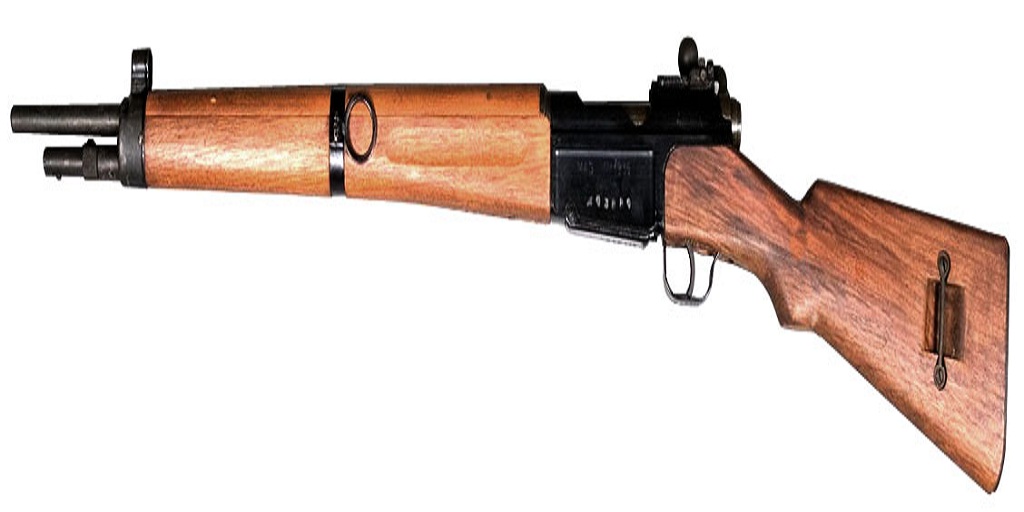Whether you’re looking for a Mauser 98 bayonet for sale because you’re creating a historical collection or just because you want to increase the value of your Mauser before you turn it around and sell it, here’s what you need to know.
Like many historical firearms, the Mauser 98 was produced in a number of variants. However, there are still bayonets that are compatible with them, provided you buy the right one.
The Mauser 98, also known as the Gewehr 98, M98, or G98, was first produced in 1898 (hence the name) and production continued until 1935. Consequently, this platform saw widespread service throughout both world wars.
The Mauser 98 was designed with a barrel band with a 1.8” bayonet lug. There was plenty of surface along the bayonet lug which made the addition of a muzzle ring unnecessary. Hence, you will not that the first bayonets issued with these rifles (detailed below) lacked the rings on the quillions that are typical of so many other styles of bayonets.
Apparently, Mauser specifically avoided the use of muzzle rings to fit their bayonets because of the presence of some sort of resonance or harmonics that had the potential to affect accuracy. Instead, All bayonets designed for the Mauser 98 are fixed to the gun via a T-shaped bar underneath the barrel.
These rifles were initially issued with a bayonet called the “Seitengewehr 98” (Seitengewehr means “sidearm” in German). The first Seitengewehr 98 bayonet was made with a wood grip that covered the tang and a blade that was nearly 21” long. Overall, the first Seitengewehr was 26.6”, styling it in the likeness of many sword bayonets that were popular at the time. Compare this to the French 1886 Pattern Lebel bayonet which had a 20” blade and the American M1905, with its (slightly shorter) 16” blade.
By 1905, the Seitengewehr 98 had been slightly reimagined and was replaced with a new model called the Seitengewehr 98/05. This new Seitengewehr had a slightly shorter blade, at 14.6”, similar in length to the American M1905 that was created around the same time.
At the outset of WWI, Allied depictions of Germans in propaganda were less than kind. The Germans were depicted as butchers, brutes, and huns that used crude, chopping tools to dispatch their enemies. This, perhaps, contributed to the further refinement of the model which culminated in the release of the Seitengewehr 98, which had a shorter yet, 9.8” blade.
Perhaps, however, the reason for this reimagining had more to do with the fact that the Germans were short of resources, or even because longer bayonets were difficult to maneuver within the narrow confines of trenches. Either way, it shared much in common with the two Mauser bayonet models that preceded it.
From afar, two of the most distinguishing features of these M98 bayonets are the quillback design (a thin, round bit of metal that runs through the blade from hilt to point) and the quillions that curled back towards the rifle.
If you’re looking for a Mauser 98 bayonet for sale, any of these three configurations will work with your Mauser provided your barrel bands and bayonet lugs are intact. All three were designed to be compatible with the Gewehr 98.
Where Can You Get a Mauser 98 Bayonet for Sale?
Interested in finding one of these Mauser 98 bayonets for sale? You just need to know where to look. Check out SARCO, Inc., online at SarcoInc.com first. They carry one of the industry’s largest selections of military collectibles and firearms parts, and they’re probably your best hope of finding a German K98 bayonet or Mauser 98 bayonet for sale.
Check out their website or visit their location at 50 Hilton Street in Easton, Pennsylvania to learn more about what they offer.



